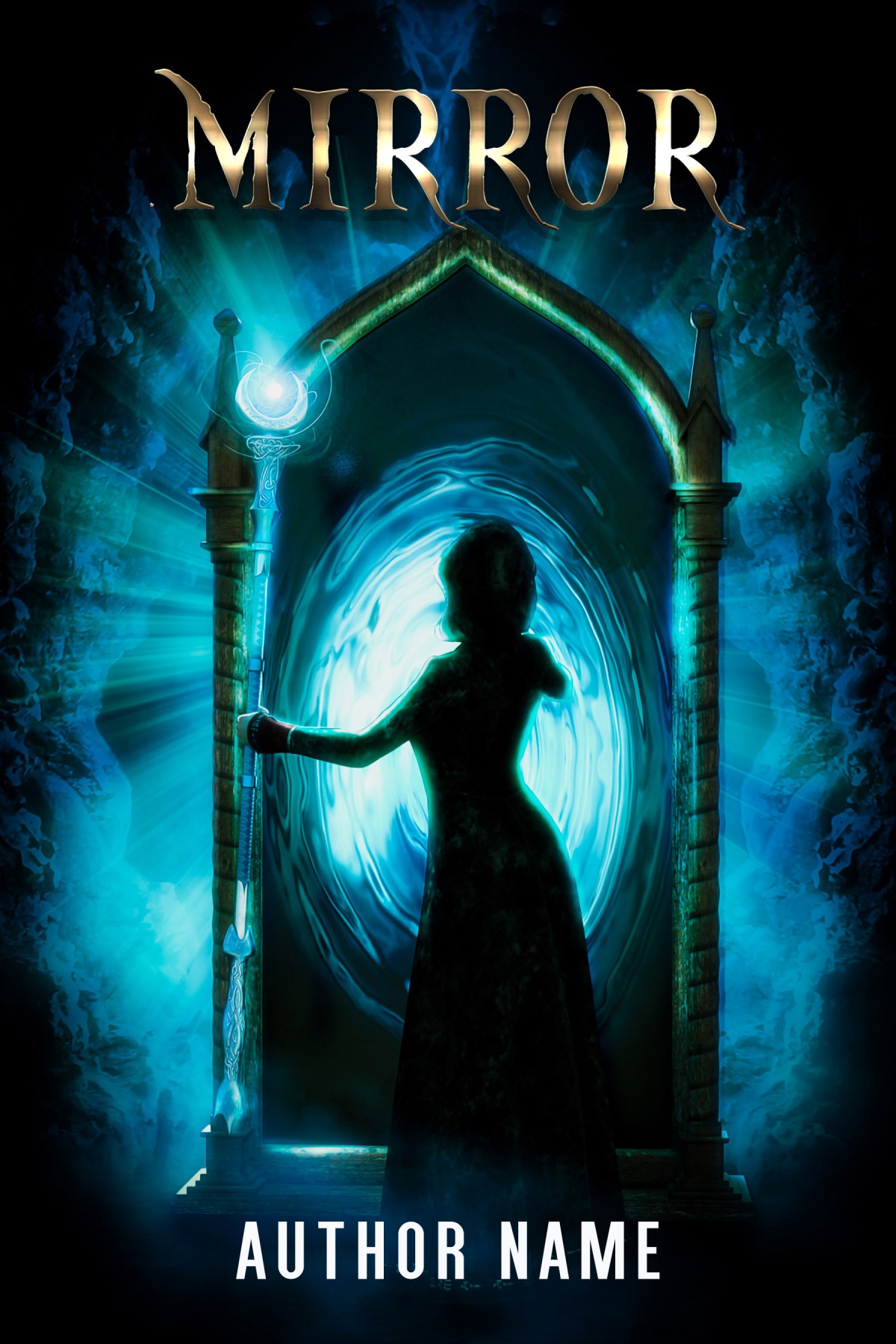
Through their various ways of reading, they generate a total of sixty-four quatrains in lines of five syllables. The two lines "The house no longer has a master" and "You no longer have a home" give some idea of the change in meaning introduced by the reverse reading.Īccording to the seventeenth way of reading:Īccording to the eighteenth way of reading:ĭetail 2: four blocks of characters arranged crosswise are read either vertically (the blocks located to the right and to the left) or horizontally (the blocks located at the top and bottom).


Second way of reading, reverse of the one above: As Métail notes, "The important thing is not so much the exact number of poems, nor how exhaustively we read them, as it is the vertigo that grips the reader facing the open work, facing the infinitely unfurling meaning." The following is a small selection of potential readings of Su Hui's reversible poem.ĭetail 1: twenty-four ways of reading generate eight poems of twelve lines and sixteen poems of six lines. No one has ever fully explored all of its possibilities, but it is estimated that the poem may be read as many as twelve thousand ways. Its most enduring practitioner was Su Hui, a fourth-century poet who embroidered a silk for her distant husband consisting of a grid of 840 characters. The genre was known as the "flight of wild geese." With examples ranging from the third to the nineteenth centuries, Wild Geese Returning: Chinese Reversible Poems (New York Review Books and The Chinese University of Hong Kong Press, 2017), edited by Michèle Métail and translated by Jody Gladding, makes this ancient experimental genre available in English for the first time. Tammy Kim's Punk Ethnography: Artists and Scholars Listen to Sublime Frequenciesby Michael BlairĪ Punch in 4/4 Timeby Valerie Tevere & Angel Nevarezįor nearly two thousand years, the condensed language of classical Chinese has offered the possibility of writing poems that may be read forward and backward. Sophie Calle's Rachel Moniqueby Jennifer Krasinski Mónica de la Torre's The Happy End / All Welcomeby Michael Valinsky Sarah Gerard's Sunshine Stateby Laura van den Berg

Karl Ove Knausgaard and Fredrik Ekelund's Home and Away: Writing the Beautiful Gameby Adam Lehner Half-Hearted Slogan Danceby Austin English Four Film-Poems for Maya Derenby Karla Kelsey


 0 kommentar(er)
0 kommentar(er)
